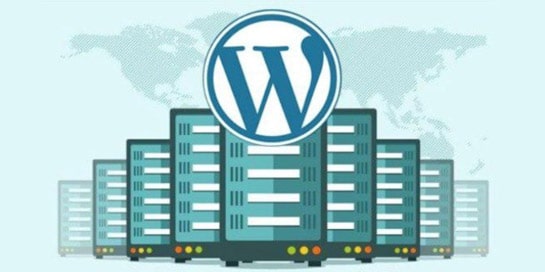Modern cloud computing resources offer three cloud concepts: public, private, and hybrid. The most common solution is the first one. Public cloud offers scalable computing, networking, and data storage through the internet. This has freed companies from the need to invest in their own infrastructure and its management, reduced costs for acquiring equipment, its repair, and maintenance, and increased the accessibility of modern technologies.
Principle of Operation of Public Cloud
The essence of the public cloud lies in companies renting computing power from providers. Let’s consider the main components of this IT solution.
Data Centers
Data centers (DCs) are key components of public cloud providers’ infrastructure. They are located in different parts of the planet and contain all physical hardware: servers, storage, and communication systems. These DCs deploy computing resources to ensure the availability of cloud services for users.
Provider companies are responsible for controlling and maintaining their data centers, ensuring optimal performance, and preventing possible failures. This solution minimizes the risk of downtime and guarantees the safety of user data.
Virtualization
Virtualization is the fundamental technology underlying cloud computing. It allows the creation of virtual instances of hardware, such as servers, storage, and network resources, based on physical components.
These machines are scalable and managed using software. Each virtual server can operate independently and have its own operating system, ensuring isolation and security of user information. Thus, virtualization allows for the efficient utilization of information resources.
Resource Pooling
Resource integration in cloud solutions means the efficient use of computing power and storage space to meet customer needs.
Providers dynamically adapt allocated resources according to demand. Clients have the ability to monitor and manage their services, ensuring transparency and cost control. Similar to utilities, where a resident pays only for what they used, in the cloud space, payment is calculated based on actual consumption.
API Integration
By integrating APIs into cloud solutions, developers can embed new functional capabilities of the cloud into their services and software. For example, users gain access to powerful features such as machine learning without the need to own their own high-performance servers.
Instead, they can use cloud service APIs for operation, significantly simplifying application deployment and management without investing in expensive equipment.
Service Level Agreement (SLA)
Public cloud providers offer SLAs – service level agreements that guarantee service quality, performance, and system fault tolerance. They include common indicators such as uptime and service availability, which help users achieve their goals.
Users can use SLAs to plan the architecture of their applications and data storage, considering the guaranteed service parameters.
Public and Private Cloud – Which is Better?
To determine which is better – public or private cloud, consider various factors. The main criteria are presented in the table.
Characteristic | Public | Private
Privacy | Less controlled, but provided by the IT service provider | More controlled, but requires more effort from the company’s IT department
Security | Highly scalable, easily scalable depending on needs | Less flexible, requires advance planning and infrastructure expenditures
Management | Only the provider can make global changes, for other needs there is a specific set of functions | The organization fully manages the hardware component
Costs | Payment only for used resources | Fixed costs, investment in equipment
An enterprise can take advantage of public virtual infrastructure and gain access to modern technologies. For example, artificial intelligence, blockchain, or the Internet of Things, thereby accelerating the implementation of technological solutions. All server and communication equipment is serviced by the provider company.


